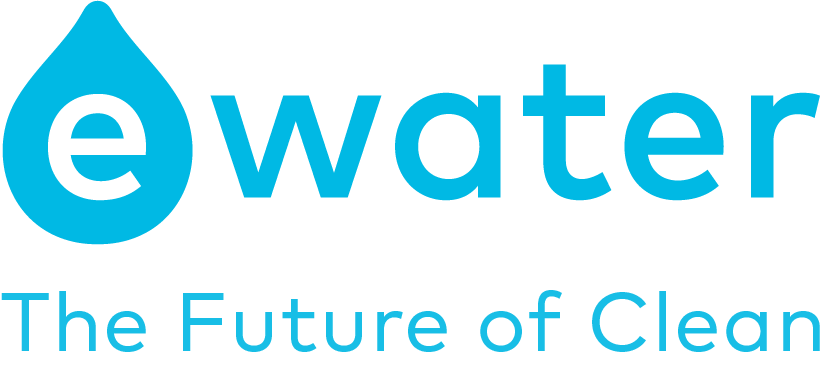In the remote South Pacific, Henderson Island is being buried by plastic waste.
The tiny island prized for its bio-diversity, is 5000km from the nearest sizeable human settlement, and yet it is host to an estimated 17.6 tonnes of plastic waste on it's beaches, a new study by Australian researcher Dr Jennifer Lavers.
“there is nowhere left in the world that is safe, plastic is ubiquitous”.
According to Dr Lavers, this means the little island now has highest density of plastic rubbish anywhere in the world.
The urgency surrounding this issue is not really appreciated by the general public, as so much plastic enters out oceans, an estimated 311 million tonnes of plastic is produced each year (as of 2014).
“At a very minimum, 25 per cent of world’s marine fish species are consuming plastic and we know with that plastic comes a suite of chemical pollutants”
“Those fish are the base of the food web and we know humans are at the top of the food web"
What this essentially means is that we are subjecting ourselves and the entire food chain to the cocktail of deadly chemicals found in plastics.
Dr Lavers said the solution was a broad, sweeping education campaign and societal change, driven by public demand.
We at eWater Systems thoroughly support this call to action, and urge our clients and supporters to do the same.

